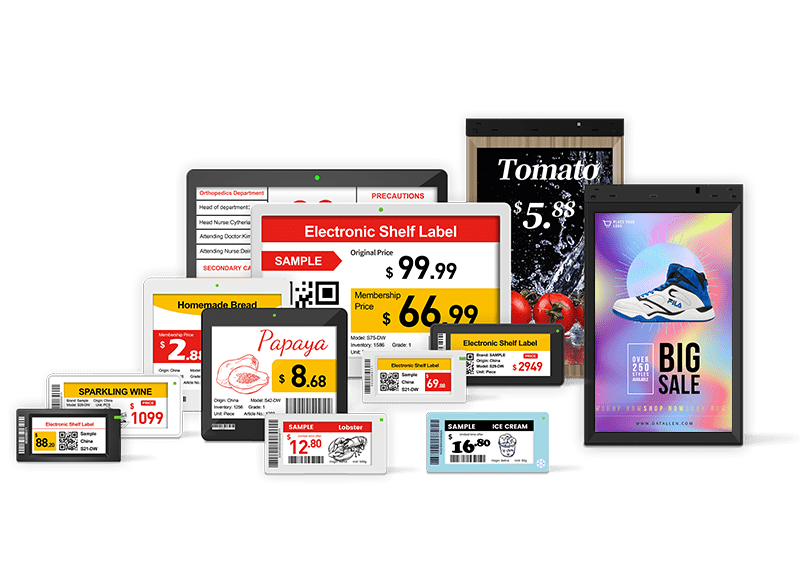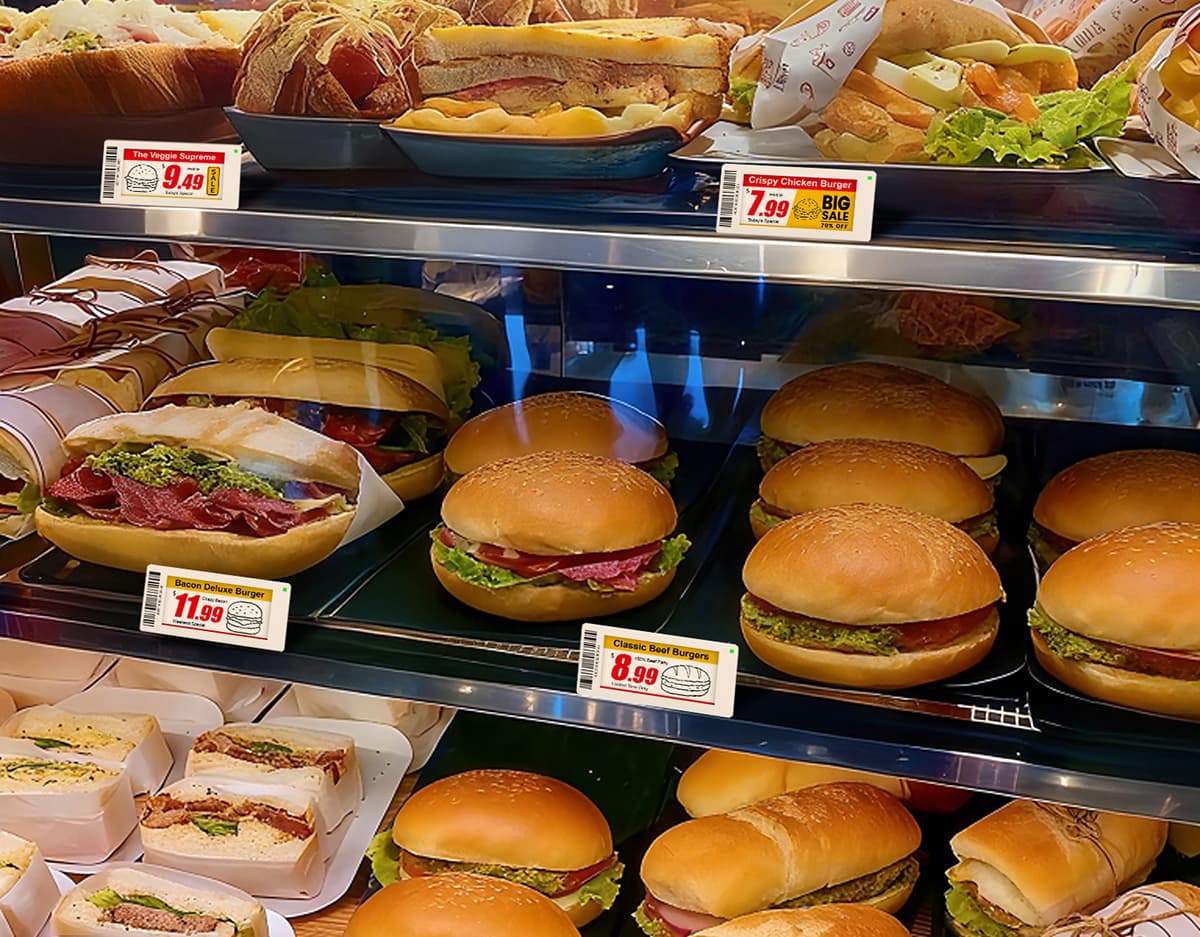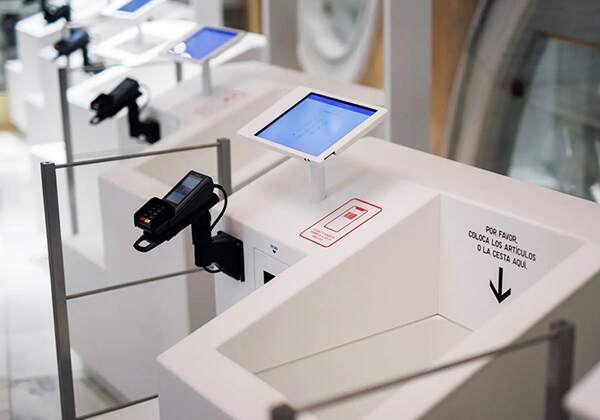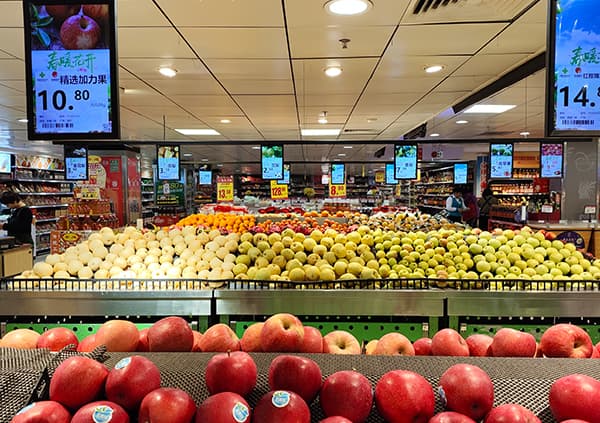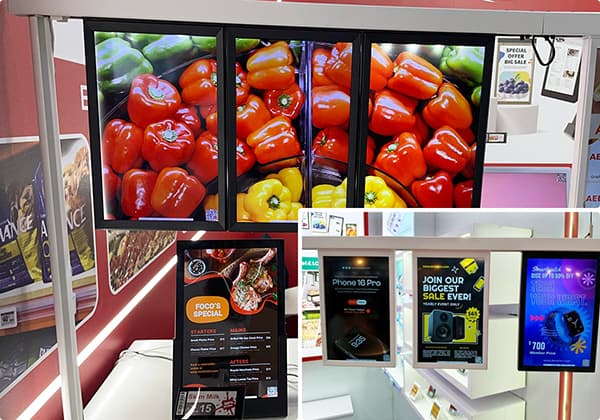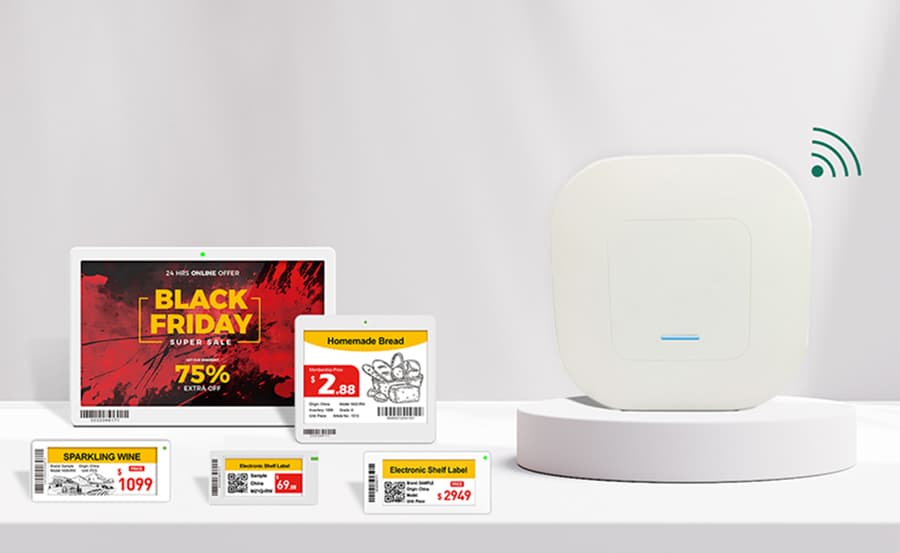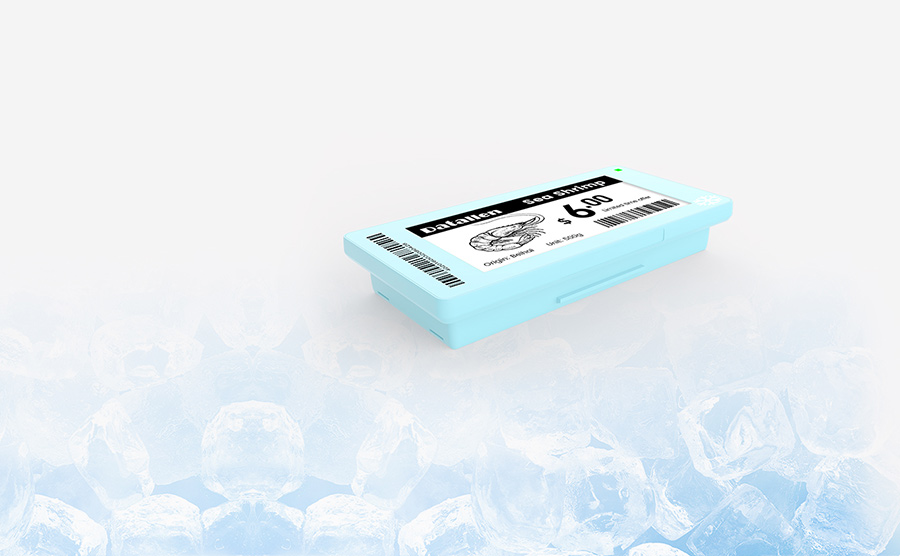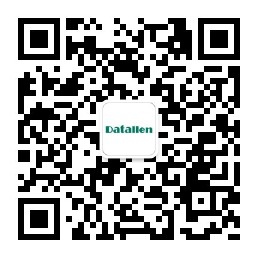In 2024, a NielsenIQ survey found that 73% of consumers said they trust a brand more when product information is clearly labelled on the packaging. Trust, transparency, and compliance are no longer optional—they are decisive factors in whether a shopper reaches for one product over another. At the same time, regulatory agencies are tightening requirements across industries, pushing companies to rethink how they communicate essential details.
This is where product labelling steps into the spotlight. It’s not just about sticking a name and barcode on a box anymore; it’s about providing clarity, reducing risk, building brand equity, and now embracing the shift toward digital solutions like electronic shelf labels.
What is Labelling?
When people ask what labelling is, they often picture a paper sticker slapped on a package. In reality, the concept is far more complex. At its core, a product label is any written, electronic, or graphic communication placed on packaging or directly on a product.
But modern labelling is multidimensional. It’s a carefully designed set of visual and textual cues that inform, protect, and persuade. A typical label product includes:
Product identification: name, type, or category.
Manufacturer details: company name, address, and contact.
Quantity or net content: weight, volume, or count.
Date markings: production date, expiry date, or best-before date.
Usage instructions and safety warnings.
Regulatory compliance information.

Types of Product Labelling
When breaking down what is label of a product is, it helps to consider its different forms:
Brand labels: highlight identity and reinforce recognition (e.g., Coca-Cola’s iconic script).
Informative labels: provide directions, expiration dates, or safety guidelines.
Grade labels: communicate quality levels, like “organic” or “A-grade.”
Promotional labels: draw attention to discounts, bundles, or seasonal offers.
Real-world examples:
Food packaging uses nutritional panels.
The pharmaceuticals list active ingredients and dosage.
Electronics require voltage and safety information.
FMCG products often rotate labels for limited-time promotions.
The way businesses label product categories depends heavily on compliance rules and marketing strategy.
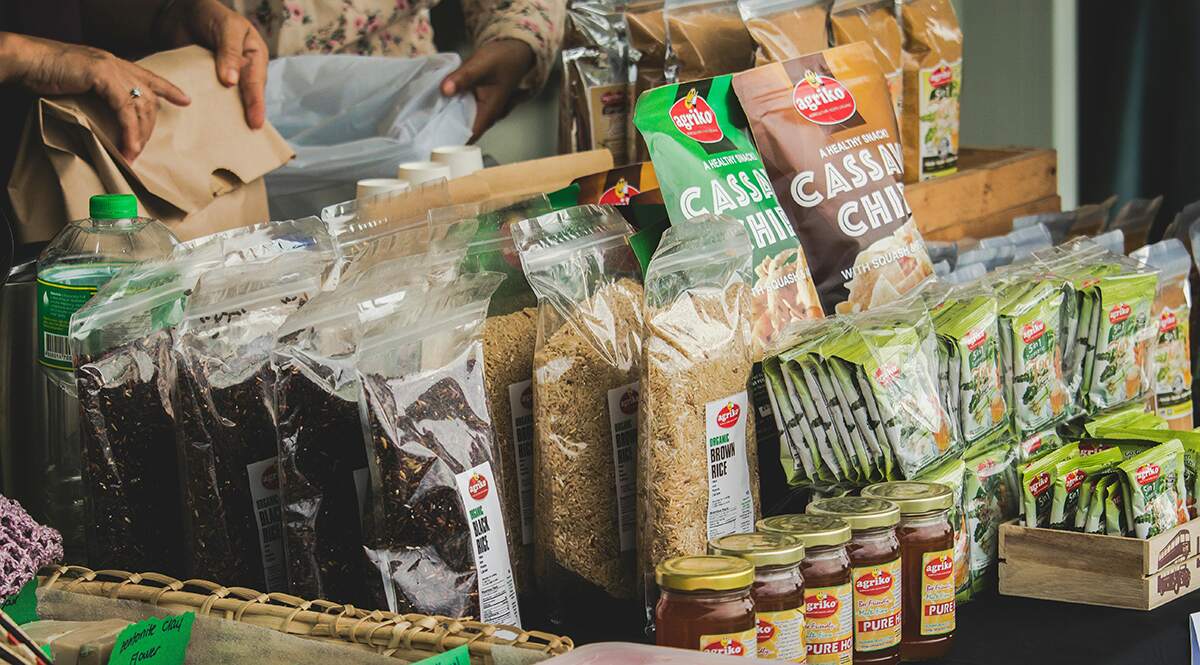
Different Products, Different Labelling Approaches
Industries demand specialised approaches. Innovations have emerged to meet sector-specific needs:
Eco-friendly labels: recyclable or designed for easy removal to support circular economies.
Removable adhesive labels: used for appliances, fruit, or logistics, leaving no residue.
Wash-off adhesive labels: ideal for beer bottles, tableware, or fresh produce.
Tamper-evident labels (fragile paper): common in electronics and pharmaceuticals, breaking on first use to prevent reuse.
Thermal transfer labels: durable labels for microwaves, printers, and industrial equipment.
This customisation ensures each labelled product meets both functional and regulatory demands.
Additional Details Labels: Beyond Basic Information
Beyond the basics, additional details are now expected. Consumers want to know where their food was grown, how sustainable packaging is, and whether materials were ethically sourced. According to the Food and Agriculture Organisation (FAO), labelling also protects against fraud, ensuring consumers are not misled by false claims.
At its essence, every labelled product is about creating transparency and building trust—a cornerstone of modern commerce.
Today’s shoppers don’t settle for minimal data. They scan for:
Nutrition facts and allergen warnings.
Eco-certifications (Fair Trade, organic, carbon footprint).
QR codes linking to traceability data or recipes.
Sustainability pressures are reshaping the labelling landscape. For instance, EU directives are driving the adoption of recycling instructions, while many Asian markets demand eco-labels to signal compliance.
Digital solutions like digital price tags go further, offering dynamic updates without reprinting, ensuring consistency across thousands of store shelves.
Product Label Information: Navigating the Regulatory Environment
Regulations around labelling are tightening globally. The specifics vary by product category and region:
India (2026): new front-of-pack regulations for coffee–chicory blends require clear composition percentages.
China (2025): digital labels for pre-packaged food allow manufacturers to publish extended data online, solving packaging space limitations.
Table: Labelling Requirements Across Industries
Product Category | Mandatory Information | Unique Requirements |
Food | Ingredients, nutrition, allergens, expiry | Country of origin, FSSAI mark, retail price |
Pharmaceuticals | Active ingredients, dosage, side effects | Regulatory approval number, prescription status |
Electronics | Voltage, safety certifications | Environmental impact, disposal instructions |
Textiles | Fabric composition, care instructions | Country of manufacture, ethical production label |
Such frameworks highlight how a label product isn’t optional—it’s essential for compliance and credibility.
Product Label Information and Consumer Trust
Consumers increasingly equate transparency with trust. A 2023 McKinsey survey found that 60% of shoppers switch brands if they feel label information is misleading.
The psychology of product labelling also matters:
Design: minimalist layouts convey honesty, while clutter suggests confusion.
Colour choices: green implies sustainability; red conveys urgency.
Clarity: concise language reassures buyers about safety and authenticity.
Why is product label information important for customers? Because it empowers them to make informed choices, avoid allergens, comply with cultural or dietary restrictions, and align purchases with personal values.
Marketing Labels: From Utility to Storytelling
Labelling in marketing now extends far beyond function. Creative strategies have driven measurable results.
Case in point: French retailer Intermarché boosted orange juice sales by 4,600% simply by adding a time-stamp of juice extraction on each bottle.
Four Modern Approaches
Smart labels: QR codes, NFC chips, or AR triggers connect offline products to digital content. ESLs and digital signage display real-time promotions and product stories, strengthening engagement.
Example: a fresh food supermarket updates allergen alerts instantly with ESLs.
Minimalist design: Brands like Apple and Aesop prove that stripped-down labels enhance sophistication and trust.
Sustainable labels: Recycled materials, biodegradable inks, and even label-free packaging (e.g., Evian, Asahi) cut waste while aligning with consumer values.
Personalised labels: Variable data printing enables one-to-one connections (think Coca-Cola’s “Share a Coke” campaign).
These strategies demonstrate that labelling is both a compliance tool and a powerful storytelling medium.
The Rise of Electronic Shelf Labels: A Retail Revolution
Among the most significant evolutions in labelling is the adoption of electronic shelf labels(ESL)—also called digital price tags.
In 2024, the ESL market was valued at USD 1.335 billion, with forecasts to hit USD 2.049 billion by 2031 at a CAGR of 6.4%. The drivers? Accuracy, sustainability, and operational efficiency.
Comparison: Traditional vs. Electronic Shelf Labels
Feature | Traditional Paper Labels | Electronic Shelf Labels |
Price updates | Manual replacement | Instant, synchronised across stores |
Accuracy | Prone to human error | Automated, system-driven |
Labor cost | High | Low |
Functionality | Basic price display | Prices, promotions, QR codes, product info |
Environmental impact | High paper waste | Reusable, eco-friendly |
Integration | Isolated | Linked to inventory and POS systems |
ESLs are more than digital price tags—they are core to intelligent retail ecosystems. Datallen, for example, develops systems that integrate seamlessly with store operations, enabling real-time pricing, stock management, and consumer engagement without the waste and errors of manual updates.
For supermarkets where prices shift daily, or speciality stores with complex assortments, ESLs cut costs and improve agility, while ensuring the right information is displayed at the right time.
FAQs
Q1. Why is product labelling important for businesses?
It ensures legal compliance, builds consumer trust, and enhances marketing effectiveness.
Q2. What challenges do traditional labels face?
They are static, prone to errors, costly to update, and environmentally unsustainable.
Q3. Will product labelling become fully digital in the future?
Not entirely—regulators still require physical markings. But hybrid models combining labelled product packaging with digital labels like ESLs are emerging.
Q4. What is the difference between a labelled product and a non-labelled one?
A labelled product communicates essential details—identity, safety, usage—while an unlabelled item lacks transparency, limiting trust and legal viability.
Conclusion: Labelling as a Value Creator
The journey of product labelling has evolved far beyond its beginnings as a basic identifier. Today, labels serve as regulators, educators, persuaders, and protectors. They connect physical and digital ecosystems, offer critical consumer insights, and increasingly act as platforms for brand storytelling.
The future lies in smart, sustainable, and integrated labelling solutions.
For more insights, check out:
1. Different Types of Product Labels: A Retailer’s Guide to Choosing the Right Solution
2. How Retail Stores Customer Engagement Strategies Are Shaping Modern Shopping| تجربة العملاء
3. Creative Deli |دلي Display Ideas for Modern Delicatessens
4. Pricing Intelligence for Retailers: Strategies, Tools, and Real-World Applications
5. How to Create Effective Retail Store Advertising?

